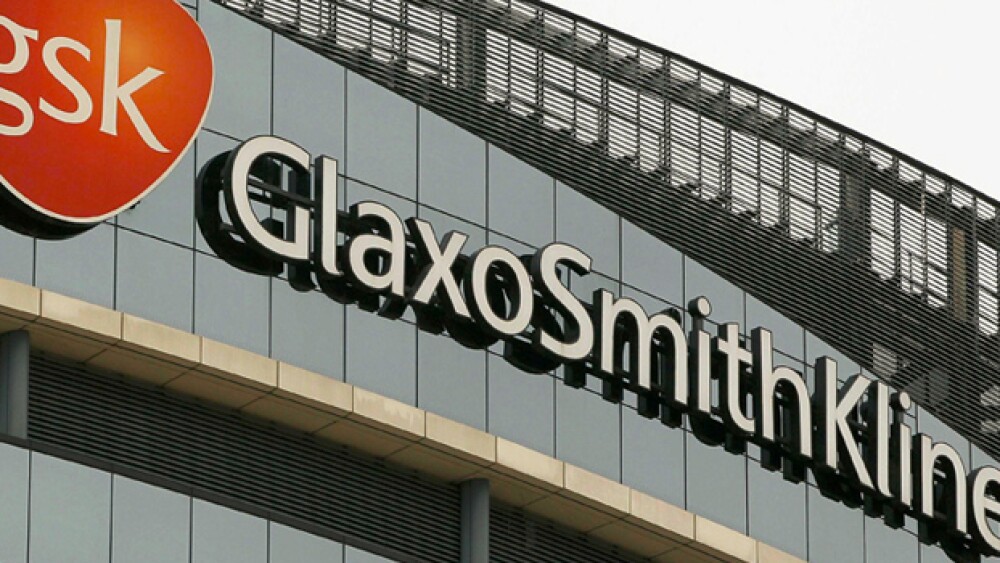The head of GlaxoSmithKline’s pharmaceuticals division is pushing to cut its budget by 20 percent.
London, UK-based GlaxoSmithKline has lagged behind its similarly-sized peers for some time, especially Novartis and Merck & Company Now, the head of its pharmaceuticals division, Luke Miels, is pushing his division hard to cut its budget by 20 percent. This is believed to be at least partly due to the company’s new chief executive officer, Emma Walmsley, who has helmed the company for about 12 months now, and her tougher commercial approach to the company’s growth.
The budget cuts go along with recent cuts to the company’s research-and development operations. Miels told Reuters that the goal is “to concentrate sales and marketing resources on new products, particularly lung drug Trelegy and shingles vaccine Shingrix, in 10 big markets—ranging from the United States, major European countries and Japan to China, India and Russia. ‘In R&D, we’re trying to pick which assets are most productive and are going to add the most value to patients. Well, we need to do the same thing in the commercial organization. That is something that will become more visible over time and it is a process that we are going through now … the strategy is more advanced than is visible externally.’”
Shingrix was cited by Walmsley as one of the company’s growth drivers. And earlier this week, the company cut a deal with pharmacy chain CVS to have the shingles vaccine available for patients. CVS has almost 10,000 pharmacies in the U.S. Approved by the U.S. Food and Drug Administration (FDA) in the fall of 2017, it’s one of three big launches for the company, and is viewed to be more effective than Merck’s Zostavax. The U.S. Centers for Disease Control and Prevention (CDC) recommends Shingrix.
It is recommended for healthy adults age 50 and older, requiring two doses, two to six months apart. Many payers will cover the new vaccine, including Medicare Part D. What remains unclear is what age physicians will recommend it, at which point insurers will cover it. In many cases, payers won’t cover shingles vaccines until an individual is 60. The CDC is recommending Shingrix for patients 50 and older.
A lot will depend on Shingrix and the other eminent launches, because the company’s pipeline isn’t expected to deliver anything big until at least 2020. Reuters points out that while the company works towards that goal, there are two major challenges on the near-horizon. First, Gilead Sciences, Inc. has a new drug coming out that will eat away at GSK’s HIV business, and a generic for its lung drug Advair is soon to launch in the U.S.
“Adding to uncertainty is the possibility that Walmsley—a consumer products veteran who worked for 17 years at L’Oreal—might buy Pfizer Inc.’s over-the-counter business for up to $20 billion. A deal may boost earnings but could prove a financial stretch,” Reuters writes.
Despite Walmsley’s cuts of more than 30 drug projects, Miels believes he can increase production in oncology and immunology, as well as possibly make some add-on biotech deals. Last week, GSK’s partner, Adaptimmune Ltd., reported three partial responses and one stable disease in the first four patients in its NY-ESO SPEAR T-cells clinical trial in myxoid/round cell liposarcoma (MRCLS). GSK exercised its option to exclusively license the program in September 2017, and it is being transitioned to GSK now.
Overall, GSK appears to be a company that is on the move under Walmsley and Miels’ leadership, even though it faces a number of challenges.





